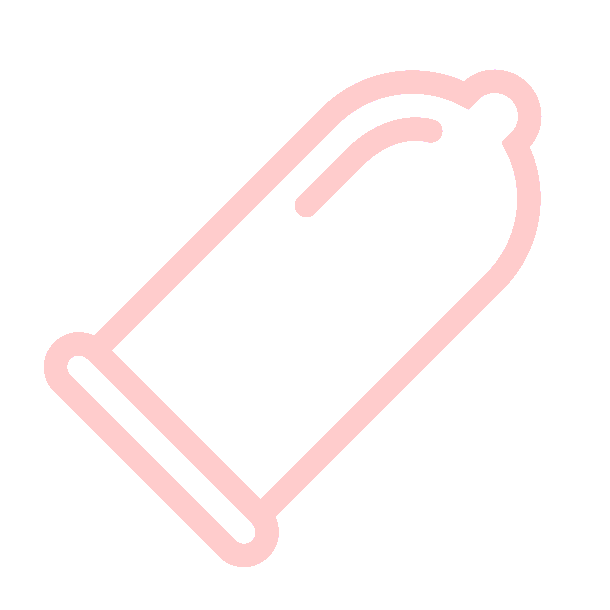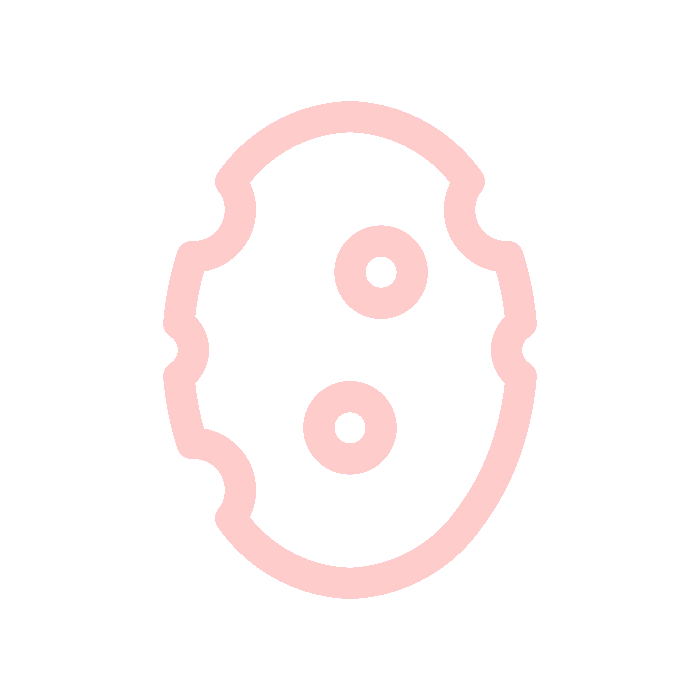
CONTRACEPTIVE PATCH
Hormonal Method
A patch that sticks to the skin and releases hormones that are highly effective at stopping pregnancy.
91 % Effective
How to
The patch is applied directly to the skin on almost any area of your body, as long as the skin is clean, dry and not very hairy. The patch is very sticky and should stay on.
Apply the patch and leave it in place for one week (7 days). On day 8, replace it with a new one. Do this every week for 3 weeks, and then have a patch-free week in the 4th week. During this week, you may have a withdrawal bleed, like a period, although this may not always happen.
If your patch comes loose or falls off, or you forget to replace it, read the Patient Information Leaflet that comes in the box with your patches to find out what you should do. If you are in doubt or have any questions, speak to your healthcare provider.
Details
The contraceptive patch is a small sticky patch that releases a daily dose of the hormones, oestrogen and progesterone, through the skin into your bloodstream to prevent pregnancy.
These hormones prevent pregnancy by stopping the release of an egg from your ovary (ovulation), thickening the mucus in your cervix to stop the sperm from entering your uterus, as well as thinning the lining of your uterus so it is less likely that a fertilised egg will attach.
Each patch lasts for a week. When used correctly, it is more than 99% effective in preventing pregnancy.
Pros
A very effective form of contraception if used correctly
You don’t have to remember to take it every day – you only have to remember to change it once a week
It does not interrupt sex
It may make your periods more regular, lighter and less painful
Cons
It may be visible
You need to remember to change it every week
It does not protect you against sexually transmitted infections (STIs), such as HIV), so you may need to use condoms as well
Some women may experience mild temporary side effects such as headaches, sickness (nausea), breast tenderness and mood changes when they first start using the patch
Breakthrough bleeding (bleeding between periods) and spotting (very light, irregular bleeding) may be common in the first few cycles of using the patch
It may cause skin irritation and itching
Side Effects
You may experience:
Skin irritation or rash where the patch is applied
Changes in your monthly bleeding patterns:
Lighter bleeding and fewer days of bleeding
Irregular bleeding
Periods that last longer
No monthly bleeding
These changes in bleeding are normal and are not harmful. If you find them bothersome, speak to your healthcare professional.
Headaches
Nausea and vomiting
Painful and tender breasts
Stomach pain
Flu-like symptoms
Irritation, redness, or inflammation of the vagina (vaginitis)
Frequently Asked Questions
-
The contraceptive patch stuck to the skin releases hormones. It is highly effective at stopping pregnancy.
-
You cannot see any change in the patch or feel it working, but it continuously releases estrogen and progestin hormones into the bloodstream. You just need to ensure you change the patch each week for three weeks and remember to start the next cycle of patches after the fourth patch-free week.
-
Always apply your contraceptive patch to clean, dry skin. Do not use lotions, creams, oils, powder, or makeup where you intend to put the patch or on top of or near a patch you are wearing. These products may cause the patch to fail to stick or become loose.
-
The patch is very adhesive and rarely comes off. You can go in the shower, swim and exercise whilst wearing. Apply the patch to clean, dry skin. Avoid using creams or lotions near a patch you’re already wearing to ensure it sticks as much as possible. The contraceptive patch works by releasing estrogen and progestin hormones into the bloodstream.
-
Contraceptive patches adhere to the skin for a week, but if it does detach, you need to replace them as soon as possible as they will become ineffective as birth control if more than 24 hours pass. If more than 24 hours have passed between the patch falling off and its replacement, then the additional use of a backup method of contraception, such as condoms, will be required for one week.















CONTRACEPTIVE METHODS
CONTRACEPTIVE METHODS
-

CONTRACEPTIVE IMPLANT
1 or 2 small hormone-releasing silicone rods placed under the skin by a healthcare provider.
-

CONTRACEPTIVE INJECTION
The contraceptive injection is a shot of hormones that lasts for 1 up to 3 months.
-

CONTRACEPTIVE RING
A flexible plastic ring that is placed in the vagina by the woman and constantly releases hormones.
-

DIAPHRAGM
A diaphragm is a small dome that blocks the entrance to the cervix to stop sperm from entering the womb.
-

EMERGENCY CONTRACEPTIVES
Emergency contraceptives are hormone-based pills that are used in the event of accidental unprotected sex.
-

FEMALE CONDOM
A female condom is a sheath that is placed inside a woman’s vagina before sexual intercourse.
-

FERTILITY AWARENESS
Fertility awareness is the method of only having sex on the non-fertile days of your menstrual cycle.
-

INTRAUTERINE DEVICE
An IUD is a small, flexible, often T-shaped device wrapped in copper that is placed inside your womb by your healthcare provider.
-

INTRAUTERINE SYSTEM-IUS
An IUS is a small, flexible, T-shaped system that releases low levels of hormones and is placed inside the womb by your healthcare provider.
-

MALE CONDOM
A condom is a thin film sheath that is placed over a man’s erect penis before having sex.
-

PULL-OUT METHOD
Pulling out (also called Withdrawal Method) requires no additional hormones or devices, just impeccable timing and a lot of luck.
-

SPERMICIDES
Spermicides affect the way sperm travels in the womb making it hard for them to move freely and fertilize an egg.
-

SPONGE
A sponge blocks the entrance to the cervix and releases spermicide, both together stopping sperm from entering the womb and fertilizing an egg.
-

STERILISATION
Sterilisation is the process of completely taking away the body’s ability to reproduce through surgery or minimal invasion.
-

THE PILL
The pill is a small tablet containing hormones that must be swallowed every day, at the same time.



